| Strasbourg- EU Parliament Struthof- Concentration Camp |
| On Tuesday, 16th June 2009, we visited Strasbourg to learn more about the Concentration Camps of the 2nd World War and the European Parliament. All students of the 11th grade met at 7:45 near our school.- Ludwig-Frank Gymasium in Mannheim. We had to wait for the bus and for the teachers and then the day trip started. The journey to Strasbourg lasts three hours. |
| Concentration Camp Natzweiler/Struthof |
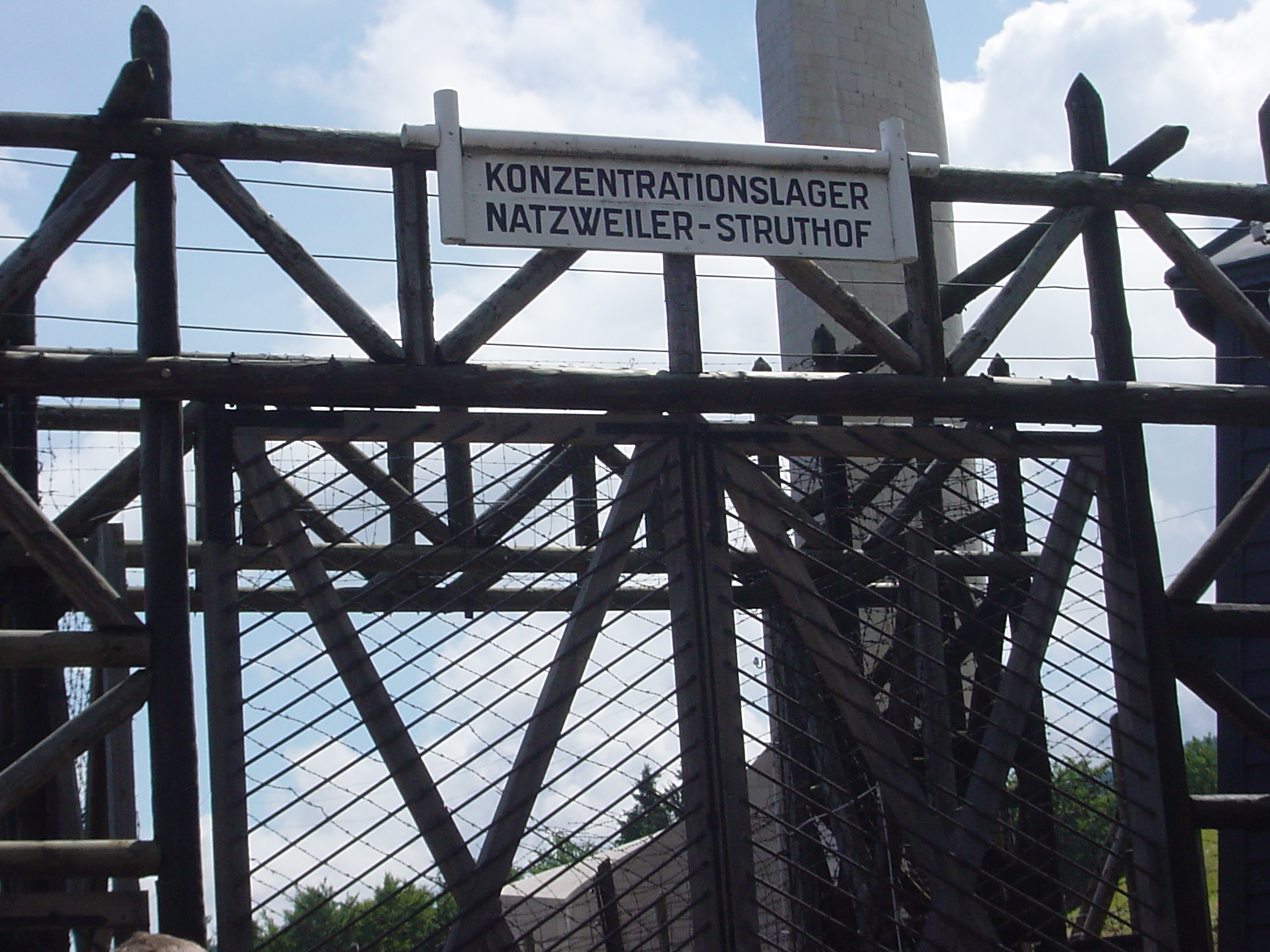 |
|
During the 2nd World War the Germans killed millions of Jews, gays and people who fighted against the horrible direction of Adolf Hitler. In Natzweiler, a concentration camp in France the captives were not killed by gas-showers. The people had to work hard under bad living conditions and without enough food. The Nazis tortured the captives if they tried to get out of this camp and they let them die if they were hungry and frail. The camp was built in 1941 and in the same year 7000 captives arrived Struthof Most of them never came out. In 1944 the camp was overcrowded with 52.000 inmates. The people had to produce weapons and other things which were essential for the war and if they didn’t work hard enough they were beat by the jailors. Doctors in the camp started dangerous experiments with the captives to learn more about anatomy. About 22.000 people died in the camp and were burned. Their hair and gold teeth were used for a continue process. |
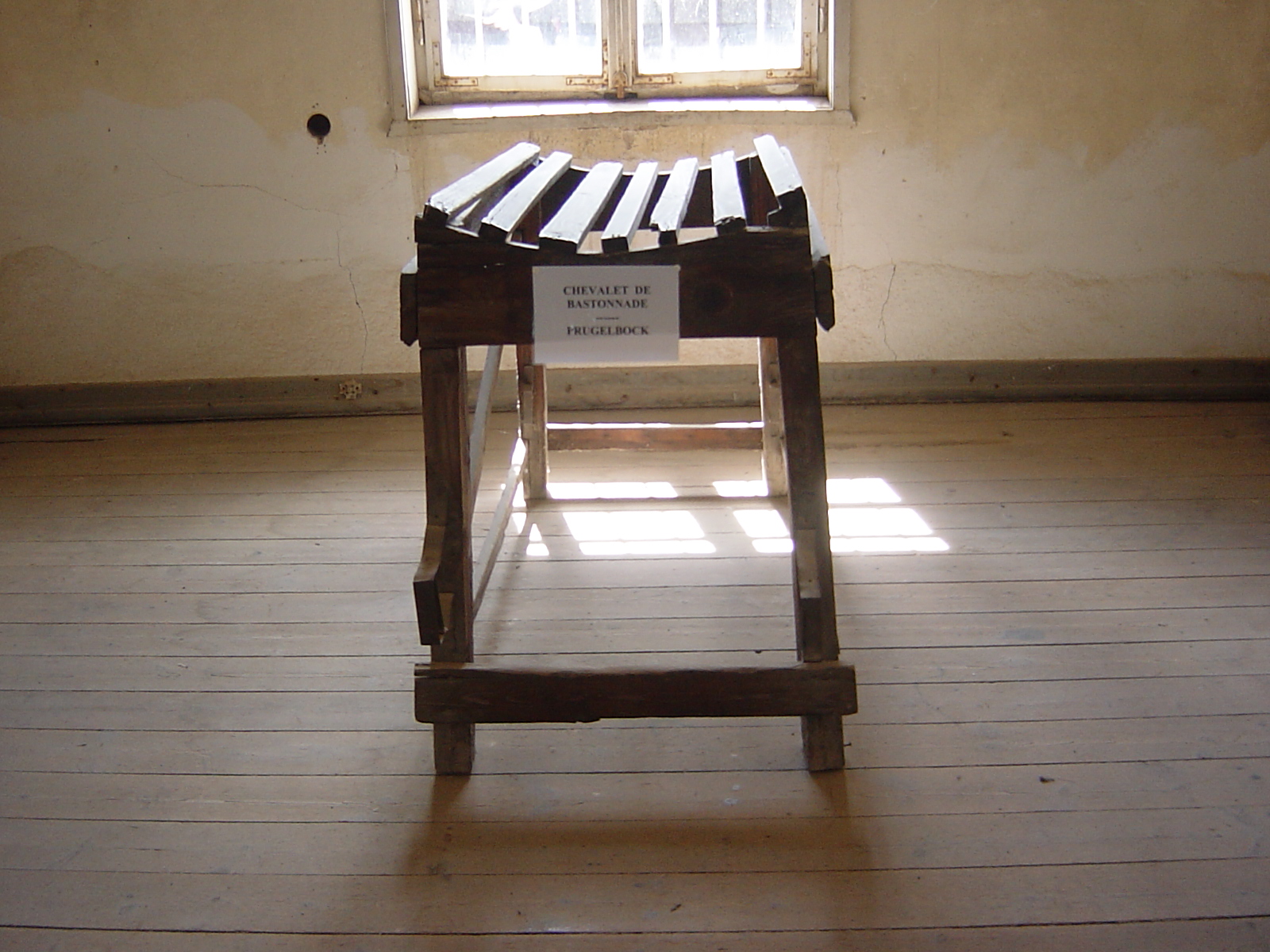 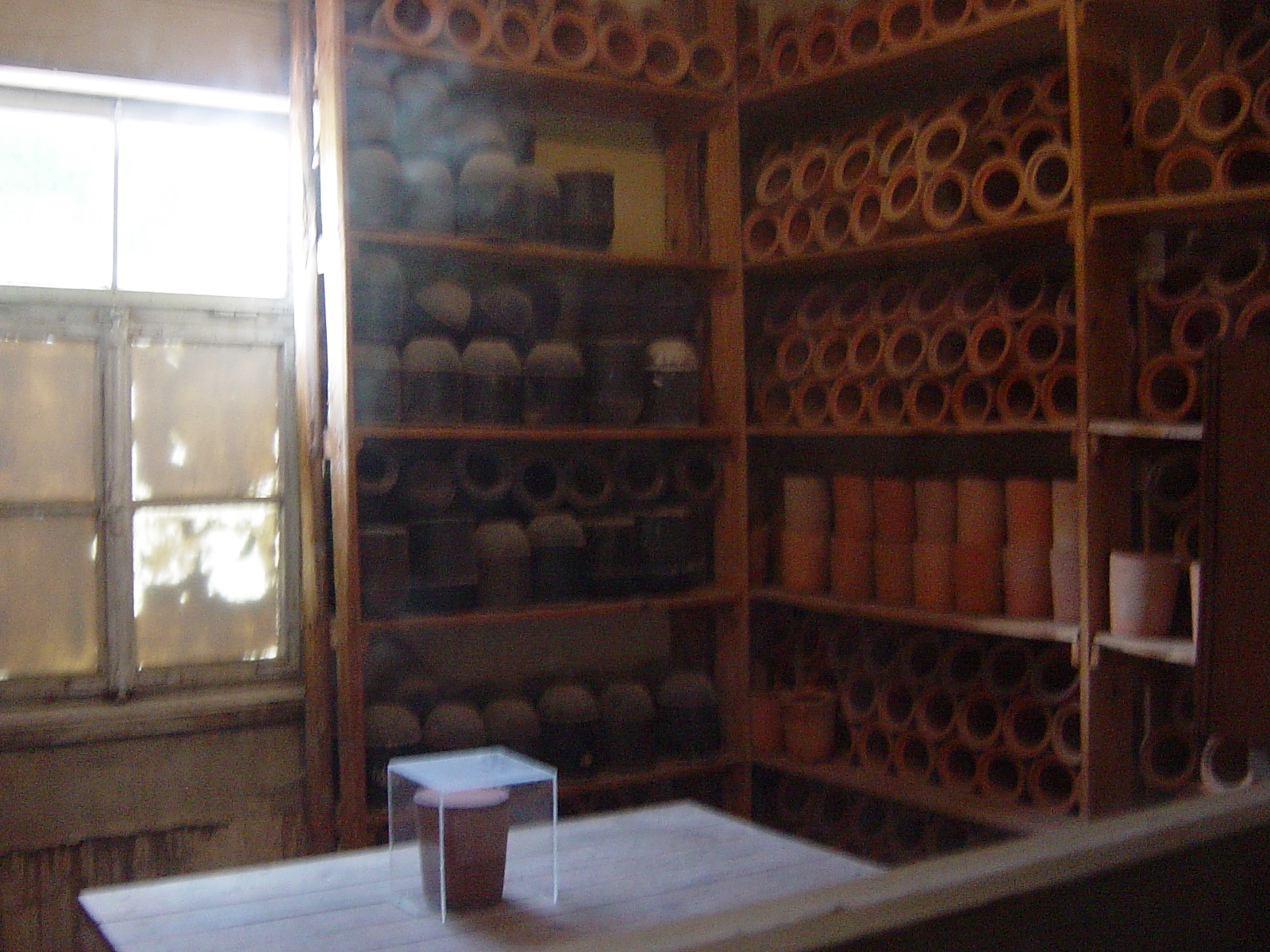 |
| - an equipment to beat the captives - the urn room |
|
My personal feelings during the visit to Natzweiler/Struthof: Before the excursion started I felt nervous because I didn’t know what I would have to see und I was afraid of horrible pictures from dead and tortured people. During the visit of the camp the sun was shining and we could see a wonderful mountain panorama. The museum was in French and so it was hard for me to understand the explanatory notes under the pictures. I walked trough the camp and looked at the buildings and the prisonrooms but the feeling that so many people died at this place didn’t really come to my head. We didn’t have a guide who explained the camp to us and so we had to walk alone und explore the camp by ourselves. As recently as I saw the big oven in the crematory I did understand and feel the barbarity. I think if the weather had been worse and there had been a guide the feelings would have been more depressed. |
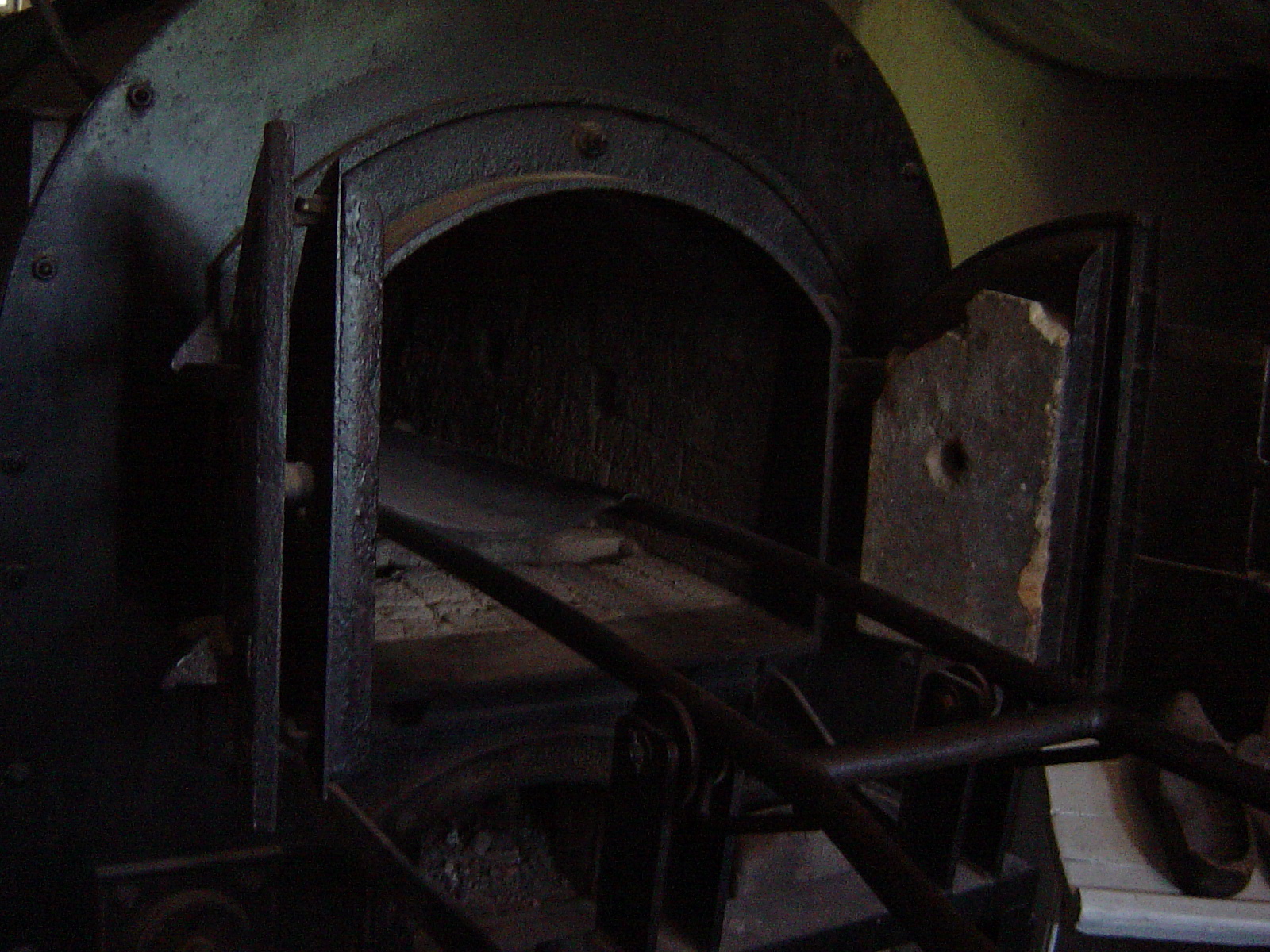 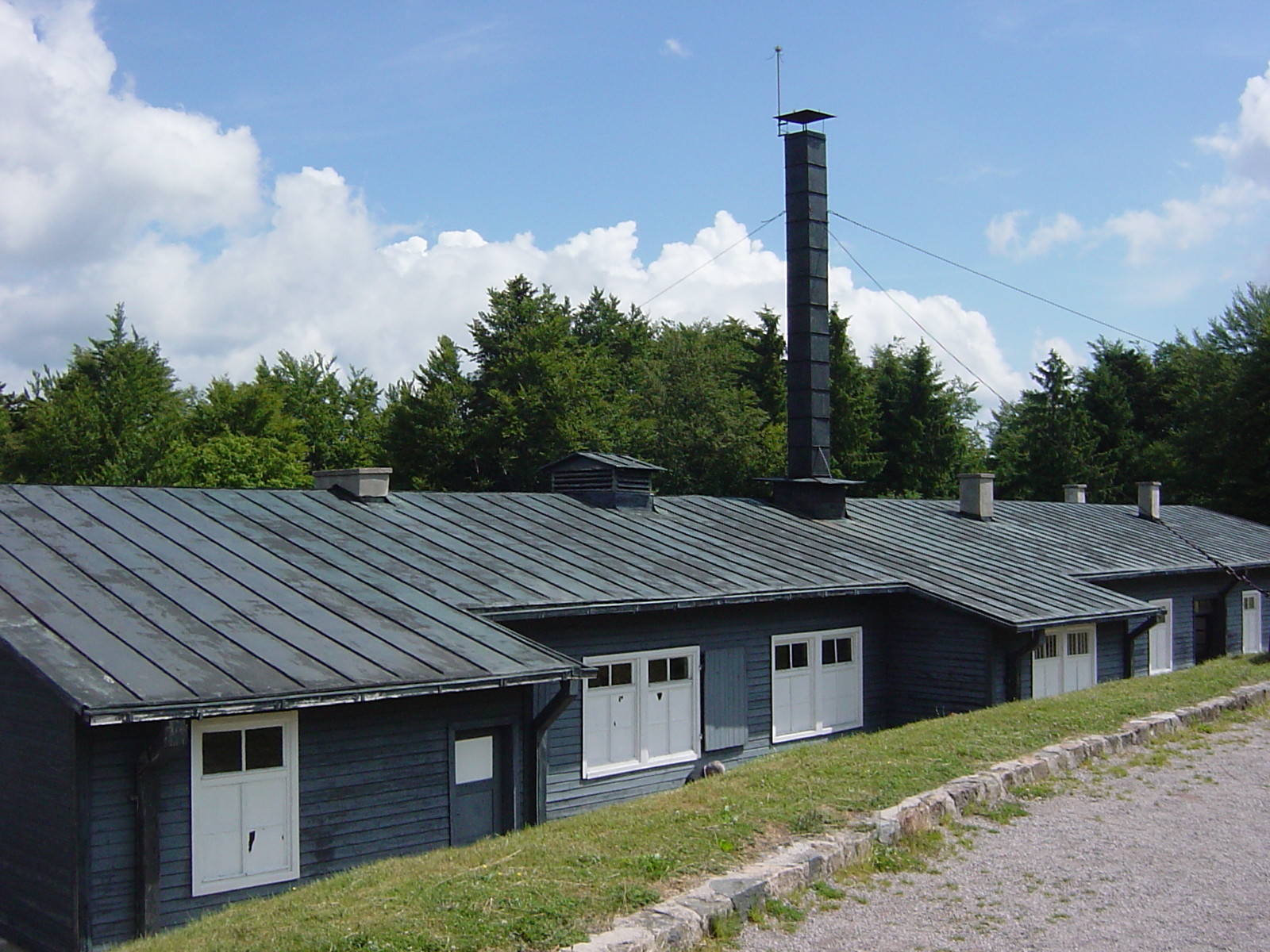 |
|
the big oven the crematory |
| European Parliament |
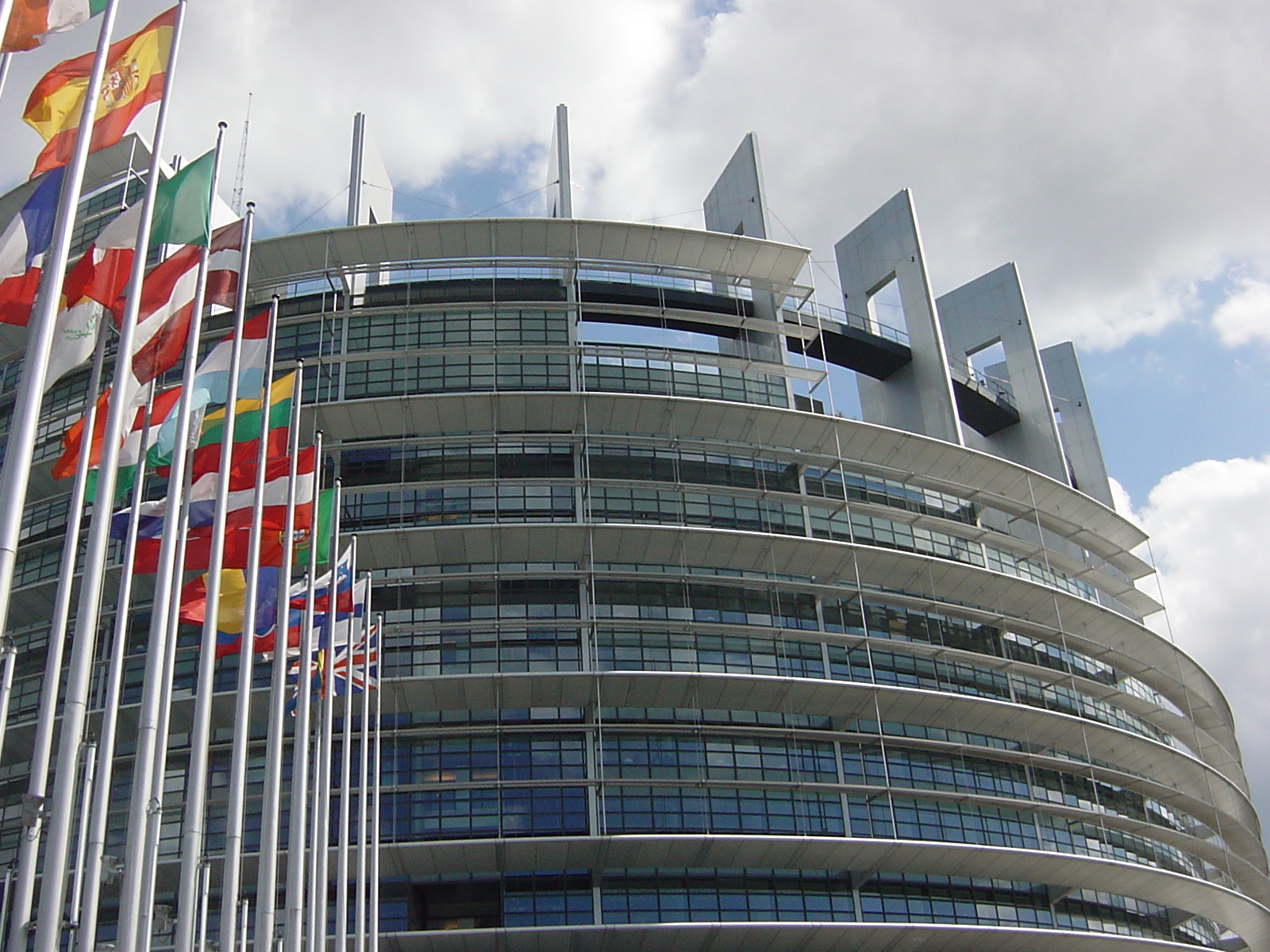 |
|
The European Parliament in Strasbourg was founded in 1952. The building looks unfinished because the architect wanted to show that the EU is incomplete, too. 27 nations are members of the European Union and for each country there are representatives in the European Parliament. At the moment there are 736 representatives in the European Parliament. Each country sends members to the Parliament who were elected by the citizens. The number of the representatives depends on the country’s size. Germany has 99 members in the Parliament, Malta has only 6 members. The head of the Parliament is the German politician Hans-Gert Pöttering. Every two and a half years the Parliament members elect a new President. The presidents should be from different countries because otherwise it would be unfair. The European Parliament has to discuss new laws and new settlements which apply for every country in the EU. The Parliament is only able to discuss new laws and may not give new law suggestions. In collaboration with the Council of the European Union the European Parliament decides about what will be changed in the EU and which countries may be new members of the EU. During our tour through the Parliament we could see the big plenary hall. The technology there is exciting. Every chair has a headset and a little computer and so the members are able to choose a channel to hear the speeches in their own language. In many cabins there are interpreters who send the translation directly to the channels, It was very interesting to see the rooms you elsewise only can see on tv. The Parliament is organised very well. Because of attacks and espionages every visitor has to put his rucksack into a luggage inspection and has to go trough a security check. Because of these strict safety controls I was curious whether it was allowed to photograph the inside of the Parliament. Our guide told us a lot about the Parliament and so we were able to imagine how the members of the Parliament meet and how it is possible for every member to hear the speeches in his or her own language. |
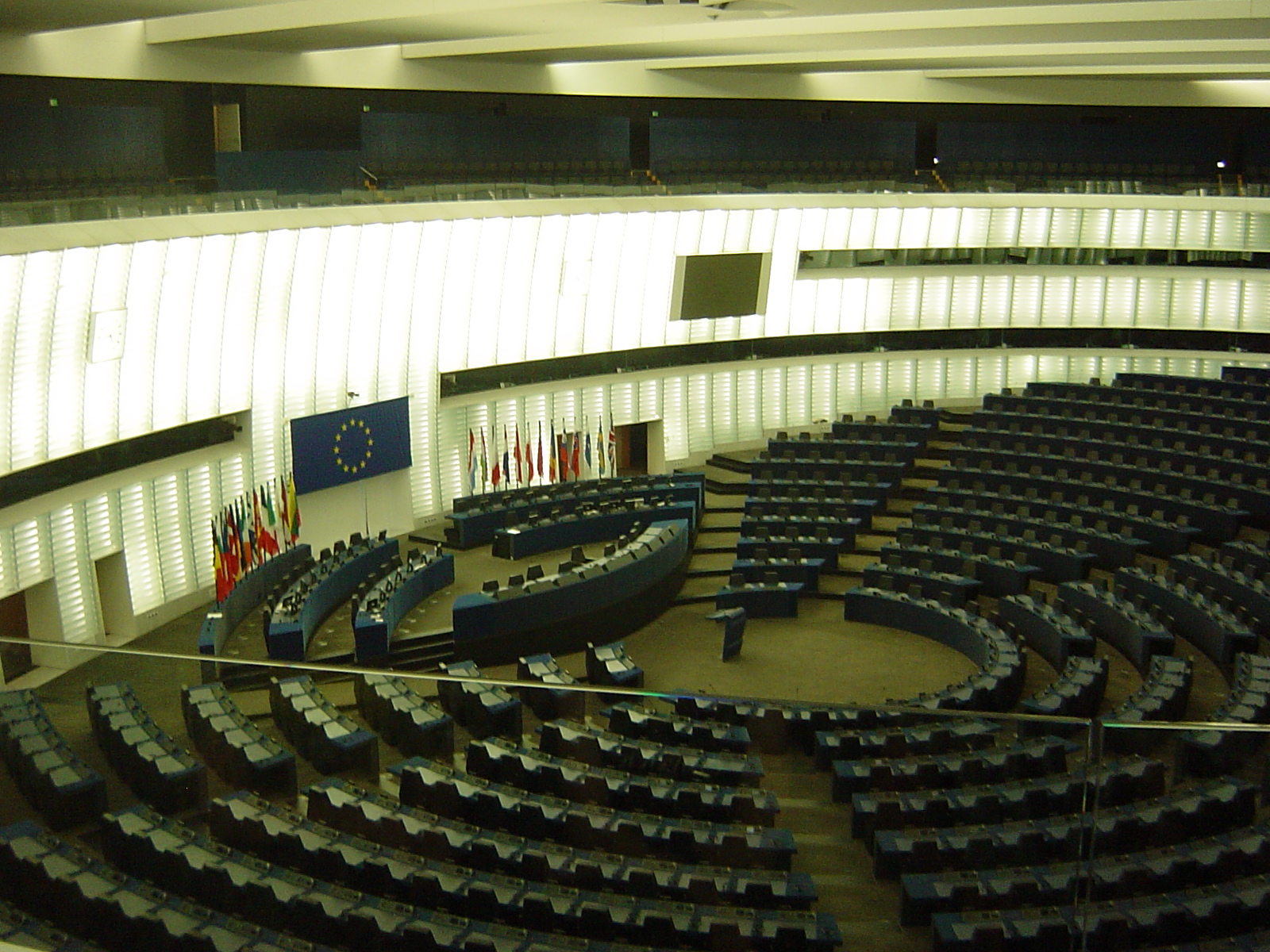 |
|
The big plenary hall |
|
SOURCES: vocabulary: http://www.leo.org/ information about the European parliament: http://de.wikipedia.org/wiki/Europ%C3%A4isches_Parlament information about the concentration camp Natzweiler/Struthof: http://de.wikipedia.org/wiki/KZ_Natzweiler-Struthof pictures: on my own during the tour in Strasbourg
|
| Maike Ehhalt, 11a |